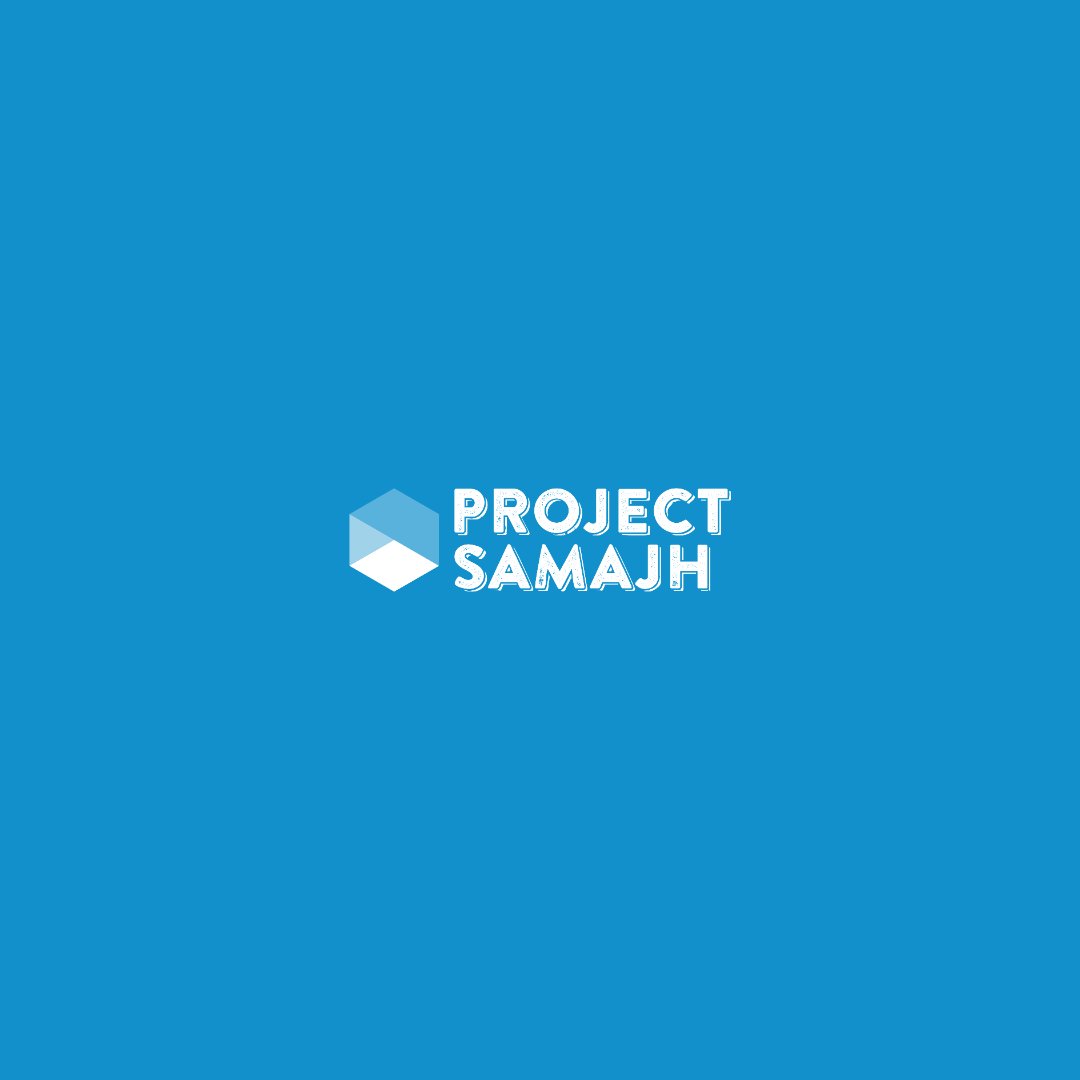
Image of Kumar Mahavir seated on an Amphibian wheelchair near the seashore at Rushikonda beach.
Photo credits- Abhishek Kumar
Henri Lefebvre, a French sociologist gave the concept of the spatial triad which categorizes the spatial production into three layers of interactive space namely Lived Space, Conceived space, and Perceived space. Let us discuss the concepts one by one before linking them to experiences of Rushikonda beach.
Perceived space (Spatial Practice)- It is a space that is constructed by practice which is established by the society or collective set of people over time. For instance, a park is ascribed a certain function and utility by the collective use by a set of people such as use by elderly people for morning walks, use by children for play so on and so forth, which is largely consistent with its original conception of planners and engineers.
Conceived Space (Representation of spaces)– It is the space that is conceptualized at the planning stage with its intended use and users which is evident in the master plan and planning outlay which also sets rules and regulations for a particular space.
Lived space (Representational space) It is the space that is created by individual experiences which are subjective and often different and diverse from the intended experience that space was supposed to create. It may also include artistic interpretation of space or any diverse experience which may be due to the inaccessibility of a space.
These three spaces interact and overlap with each other which forms a collective experience. In this article, I will be exploring the interaction of conceived space, perceived space, and lived space and the resultant spatial experience created by Rushikonda beach as a Person with Locomotor Disability.
Discussion on Rushikonda beach and spatial experience
Rushikonda beach is a blue flag-labeled beach that is supposed to follow 33 criteria which can be broadly classified into four categories- bathing water quality, environmental education and information, environmental management, conservation, and safety services on the beaches. For more details refer to Kavya Poornima’s article on the accessibility status of Rushikonda Beach (https://medium.com/@poornamidam/how-accessible-and-inclusive-is-rushikonda-beach-9a58007ab7c4) The various criteria, rules and regulations, frameworks constitute the conceived space. This is one of the levels of space that operates at the initial stage of the conception of space. When it comes to accessibility for Persons with Disabilities there are criteria for the blue flag certification. When it comes to the implementation of these criteria there are gaps. In the conceived space, the existence of criteria doesn’t automatically translate into spatial practice or perceived space For example, having an accessible toilet doesn’t mean anything if the tap of the toilet is not working, since it will never become usable. For Disabled user who needs that accessible toilet it will become a part of lived space and the beach will become a symbol of inaccessibility. Likewise there are other features like accessible parking, signages, entrances etc, which needs to judged on basis of spatial triad and spatial experiences created by it. For a particular space to give the spatial experience of inclusion, it has to sync with conceived space, perceived space and lived space. Coming back to the image on the top is that of an amphibian wheelchair, which is a perfect example of the production of lived space where a person with a disability can associate it with the beach being accessible. Rushikonda beach and other beaches should create more such symbols for Persons with Disabilities so they can become an inalienable part of lived spaces and perceived space which might further inform architects and planners to construct better conceived spaces.


Leave a comment